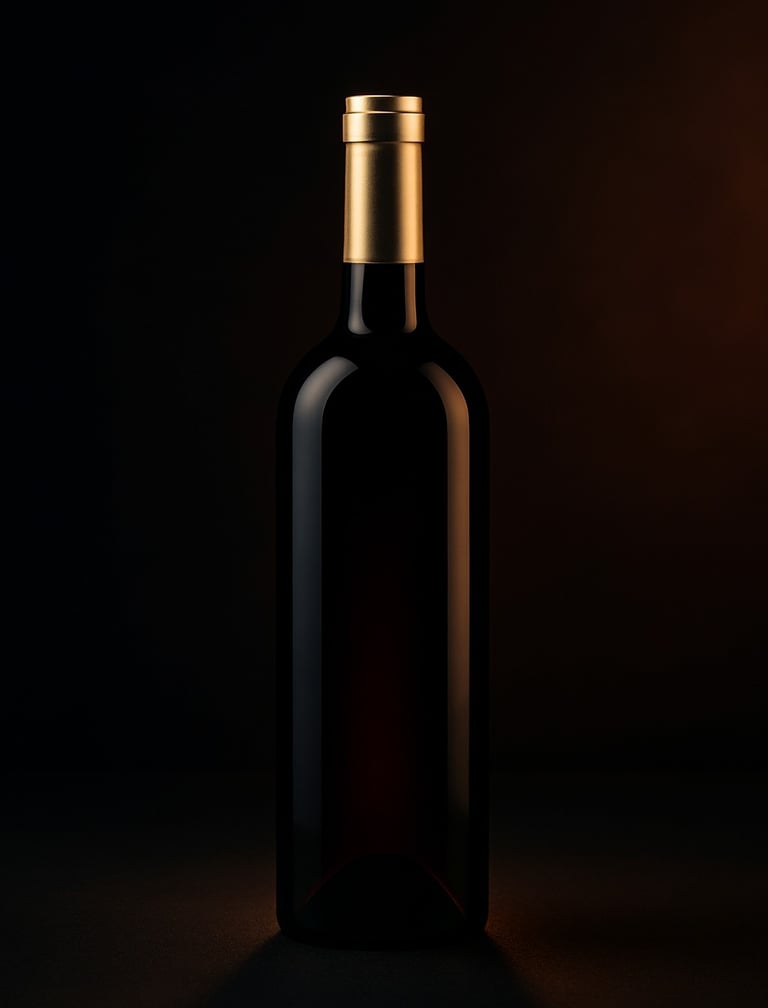
Segment to Shine
High-Level Strategies for Selling Fine Wine
7/17/2025


Introduction: Luxury Is Not For Everyone — And That’s Okay
A wine brand seeking to position itself in the high-end segment must understand an uncomfortable but liberating truth: it cannot — and should not — speak to everyone.
Luxury, by definition, implies focus, distinction, and belonging.
And that requires making choices: whom to include, whom not to, how to speak, where to be, and which values to uphold with clarity.
To segment is not to reduce. It is to refine.
And in fine wine, that strategic refinement is everything.
Segmenting Is Not Excluding — It’s Creating Relevance
Many wineries still fear segmentation, believing they might “lose market share.” But luxury is not built on quantity, but on the quality of the relationship with those truly willing to pay more, feel more, share more.
To segment means identifying those consumers who:
— Value the story behind the wine.
— Seek experiences aligned with their personal values.
— Aspire to brands that offer them identity and symbolic validation.
A luxury brand that tries to speak to everyone ends up resonating with no one.
Who Are You Speaking To When You Talk About Luxury?
Saying “premium client” is not enough. You must define precisely:
— Are they a global collector or a local foodie?
— Do they travel for wine or buy from home in London, New York, or Shanghai?
— Are they seeking terroir or status? Rarity or connection?
The most effective fine wine brands work with psychographic and aspirational segmentation, not just demographics.
They know today’s luxury consumer is a seeker of meaning.
Selective Positioning: Be In Fewer Places, But With Greater Impact
A luxury strategy is not about being everywhere — it’s about being curated.
— It’s not about being in every restaurant, but in the right ones.
— Not about attending every trade show, but those that align with your story.
— It’s not about being available— it’s about being desired.
Contemporary luxury rewards measured presence and symbolic positioning. Example: Some Argentine wineries like Cheval des Andes, Noemía, or Per Se have built prestige through discretion, carefully choosing where, when, and how to show up.
Teaching Examples: When Segmentation Becomes Cult Status
Brands that master the art of segmentation don’t just attract — they build lasting desire and deep loyalty.
They don’t aim to reach everyone, but the right ones — and do so with clarity, discipline, and impeccable storytelling.
Champagne Jacques Selosse (France) One of the most influential — and least accommodating — maisons in Champagne. Its technical, radical, and philosophical approach isn’t designed to seduce the masses. It speaks to the connoisseurs. To those who value conceptual depth over flashy marketing. Its segmentation is intellectual, sensorial, emotional. That’s why it’s coveted by sommeliers, collectors, and wine lovers seeking meaning, not spectacle.
Ferrari (Italy) It doesn’t advertise. It doesn’t offer discounts. It doesn’t justify its value. Each vehicle is an experience, a symbol, a carefully edited piece of the Ferrari universe. Its most exclusive models aren’t even shown online. Access is filtered by client history, not buying power.
This brand doesn’t sell cars: it selects who it invites to be part of its world.
In both cases, segmentation is not a barrier — it’s a filter of coherence. And in luxury, that’s far more powerful than indiscriminate expansion.
Communicate Without Fear: Clarity Is Power
Many wineries aiming for the high-end segment stumble at the most visible stage: communication.
They fear sounding elitist, fear exclusion, fear discomfort. But luxury is not communicated with anxiety — it’s communicated with confidence.
A truly premium brand does not try to please everyone. It speaks with its own voice, with a defined aesthetic and strategic conviction.
— It does not adapt its message to the market: it shapes the market to its message.
— It does not seek approval: it seeks resonance.
— It does not ask for attention: it commands it through presence, coherence, and symbolic value.
The luxury client does not want to be convinced— they want to be understood. And for that, communication must hold an aesthetic, a discourse, and a stance — without fear.
Conclusion: Luxury Is Built By Choosing
Segmentation is not a marketing tactic. It is a declaration of identity. A wine brand that aspires to play in the top leagues must stop speaking to the market and start speaking to its ideal community.
🍷 Because in luxury, being desired is more profitable than being accessible.

